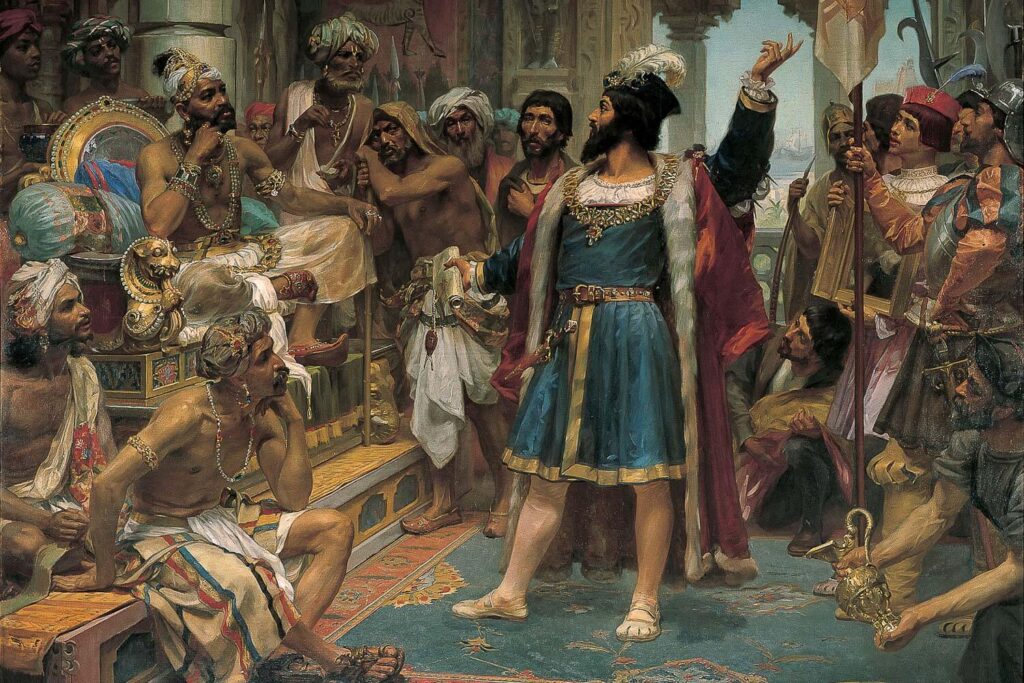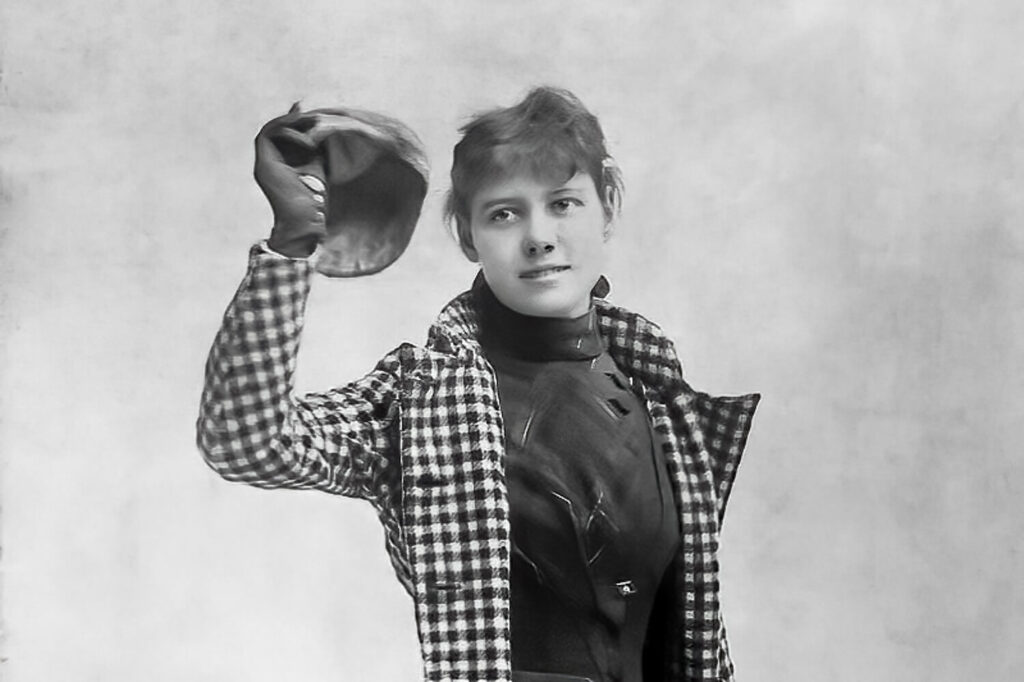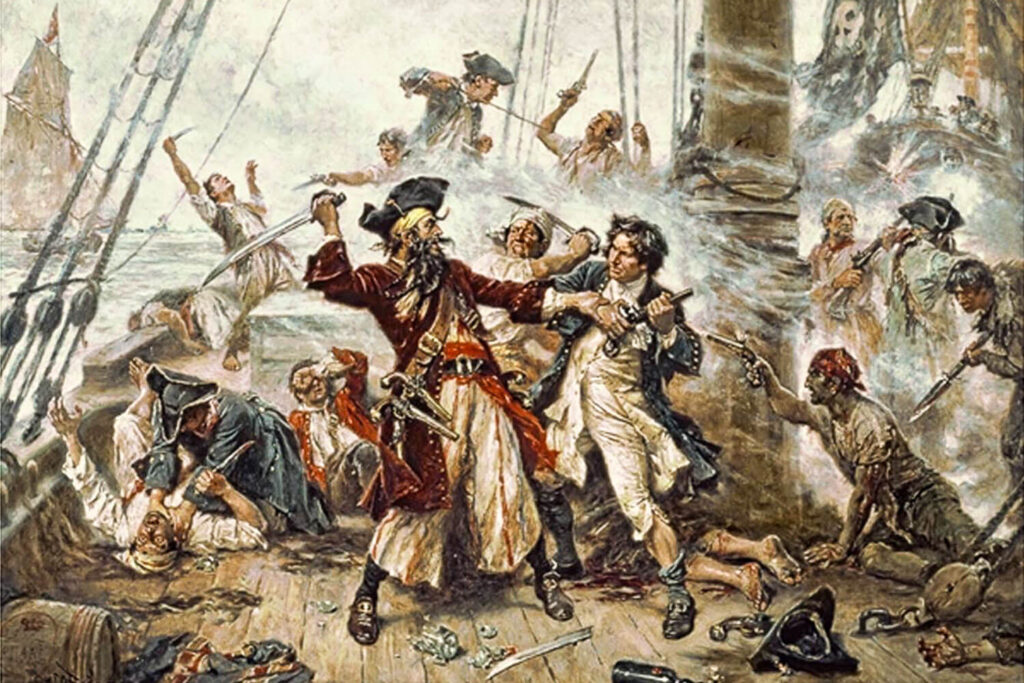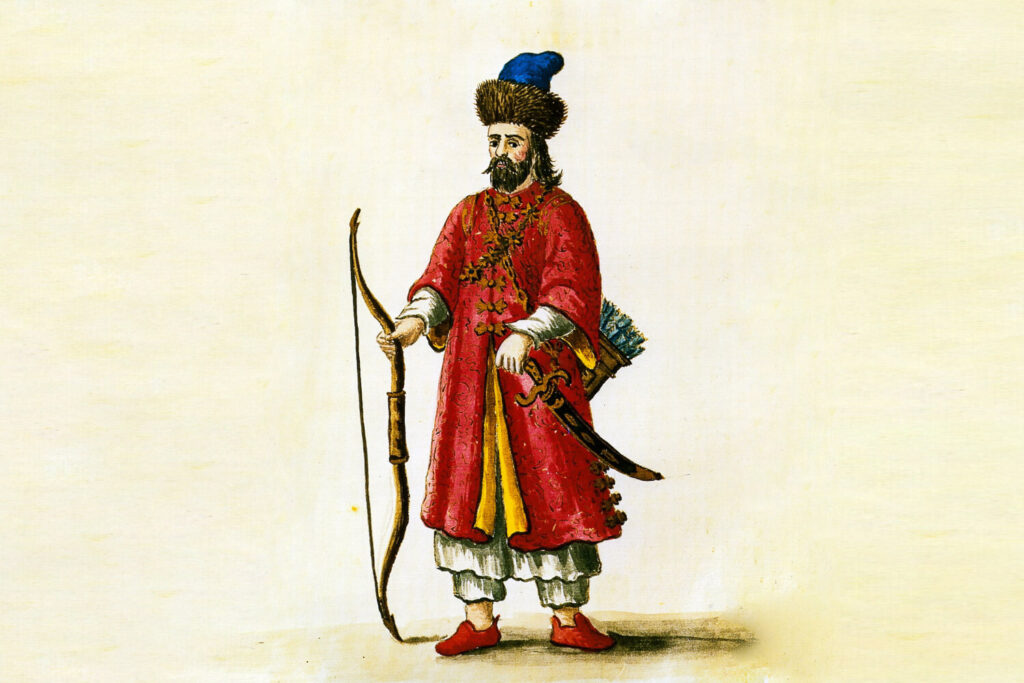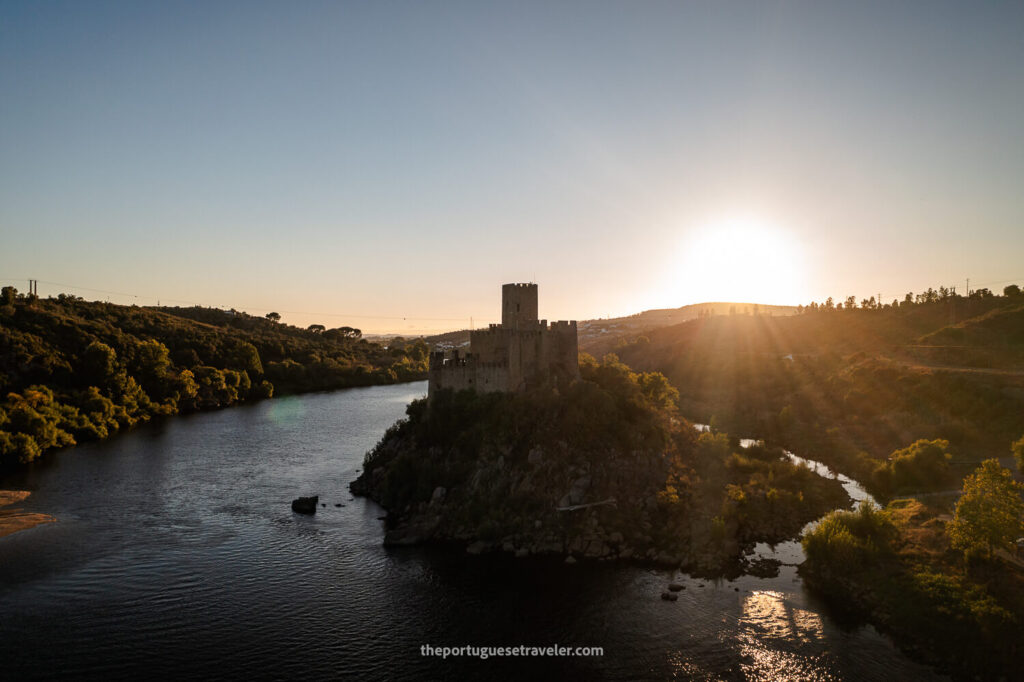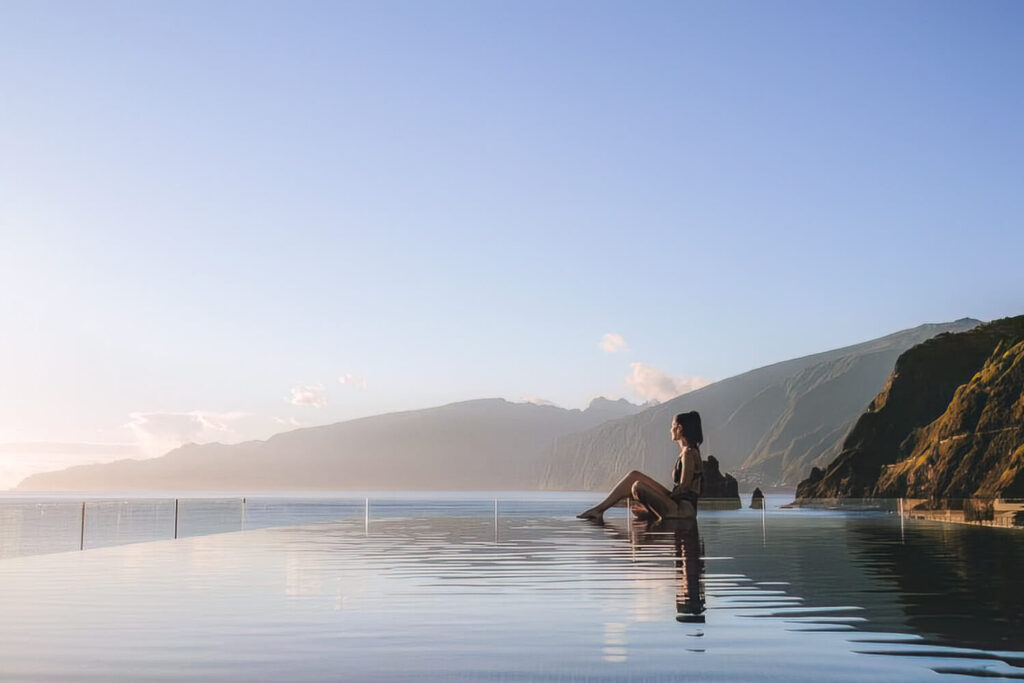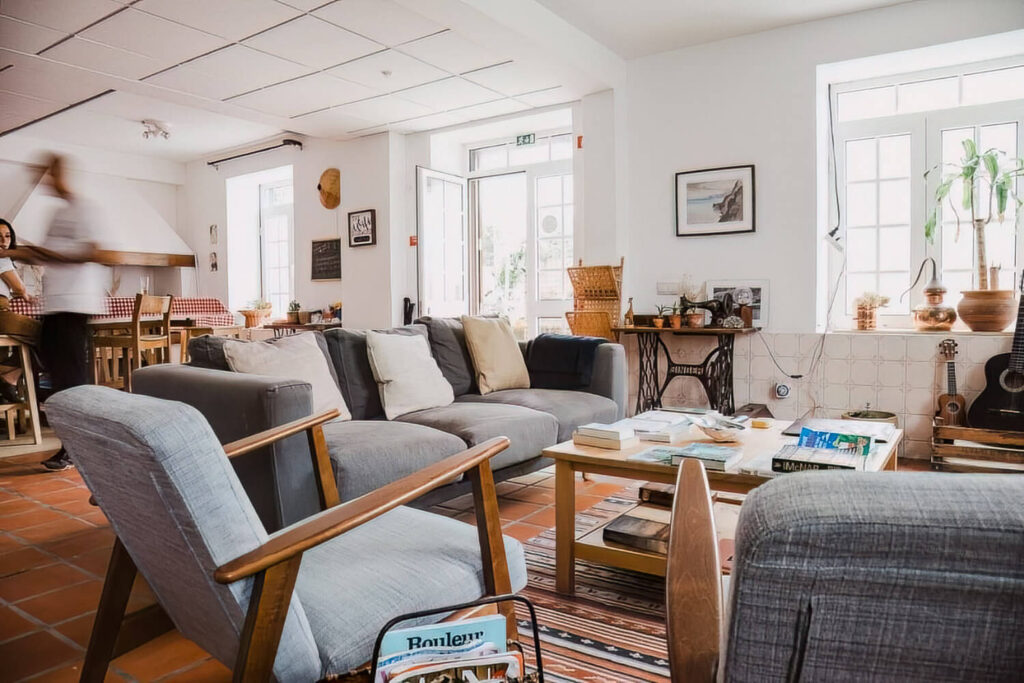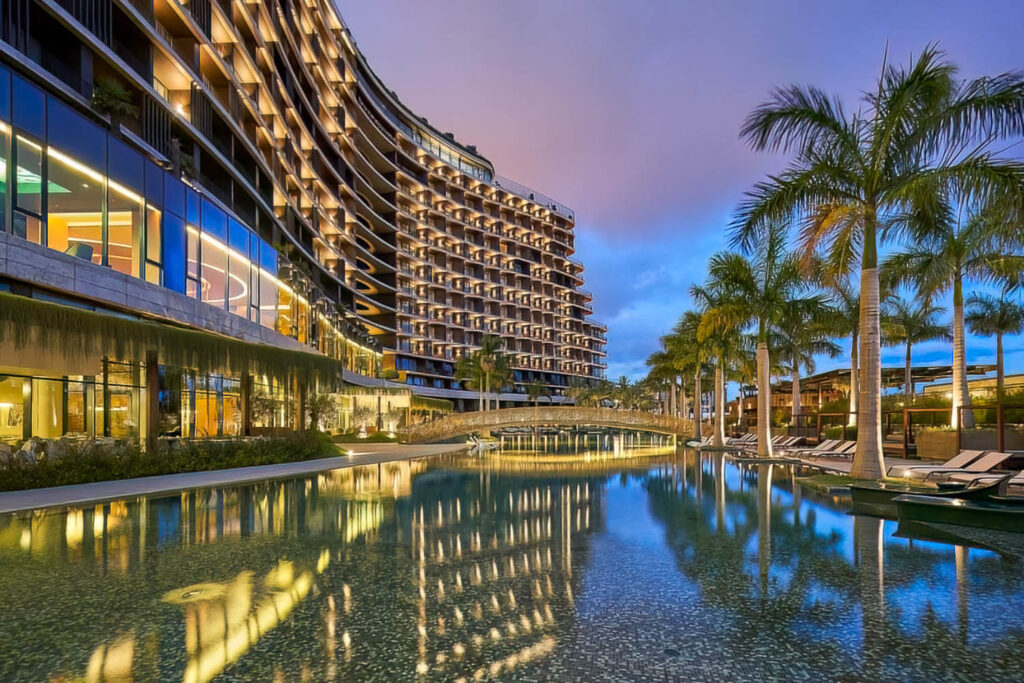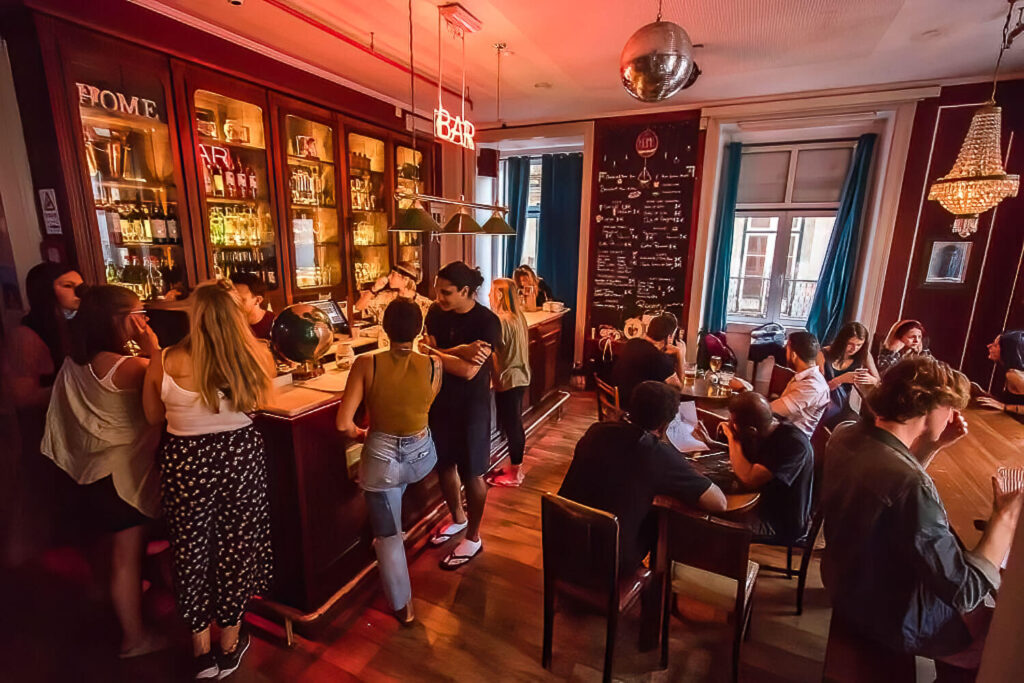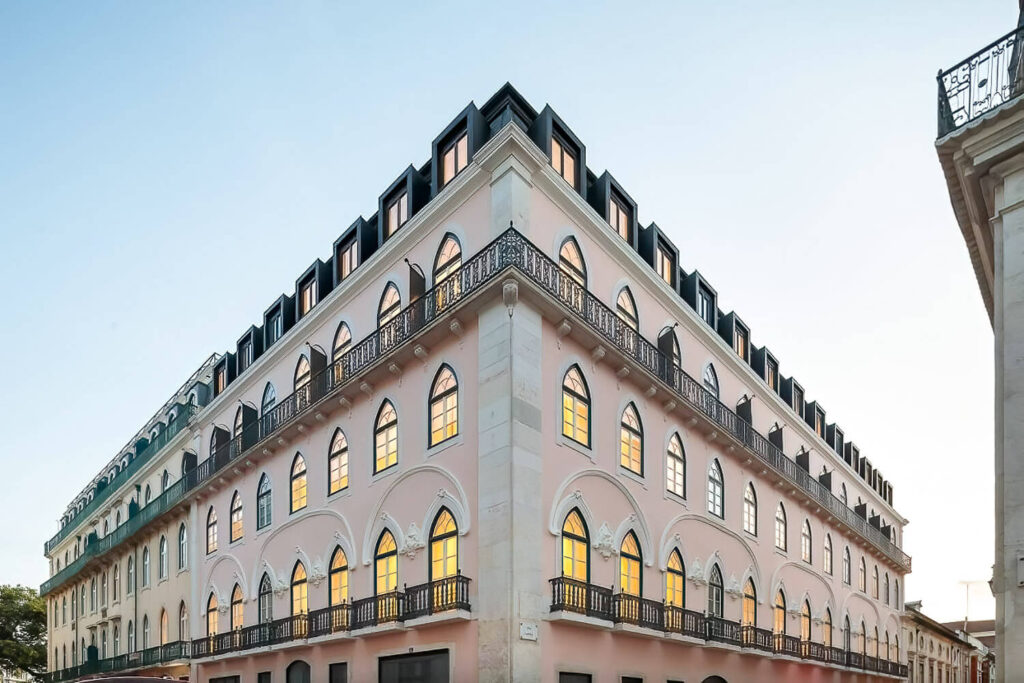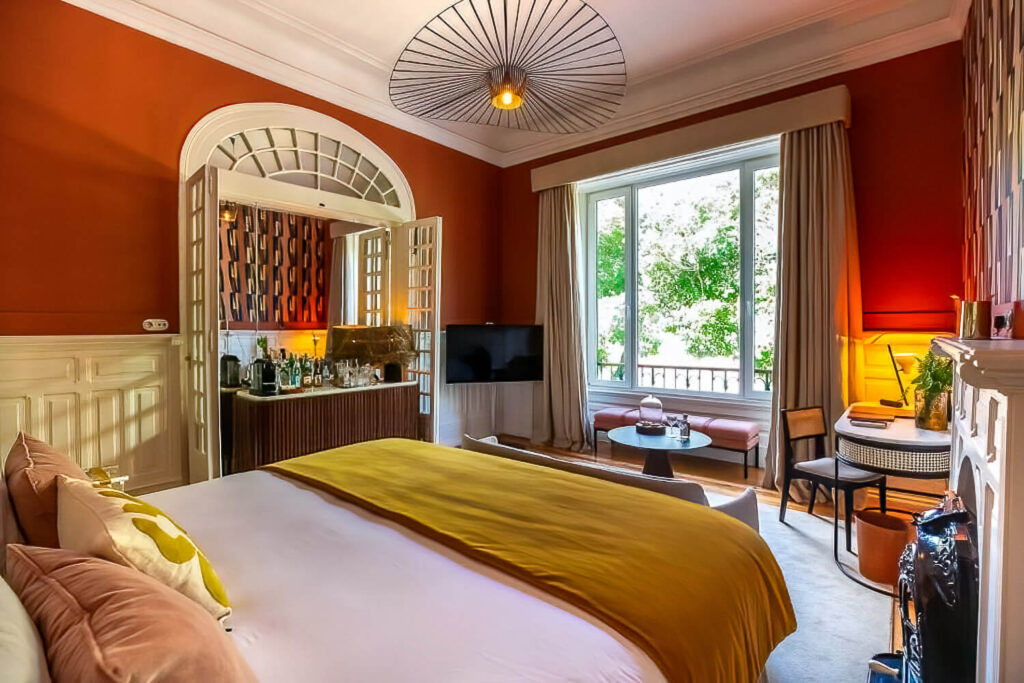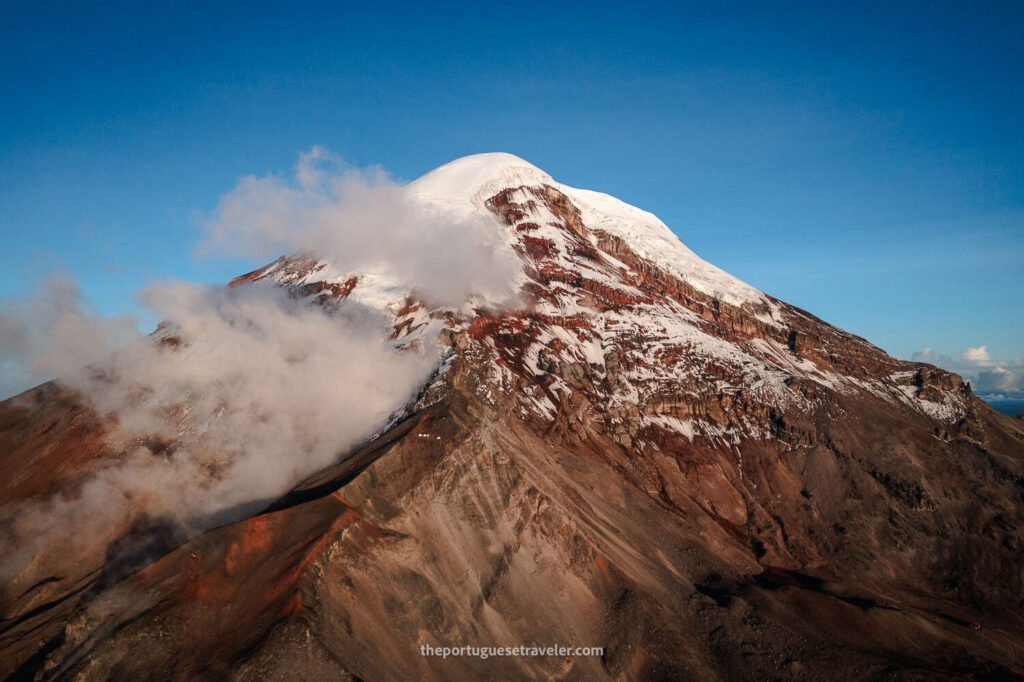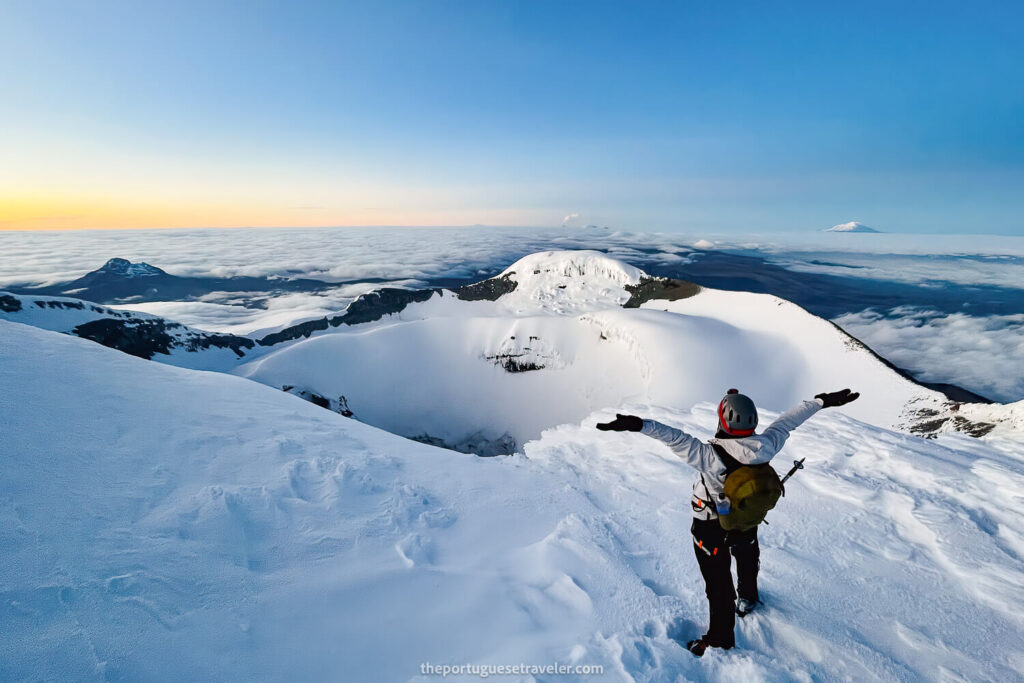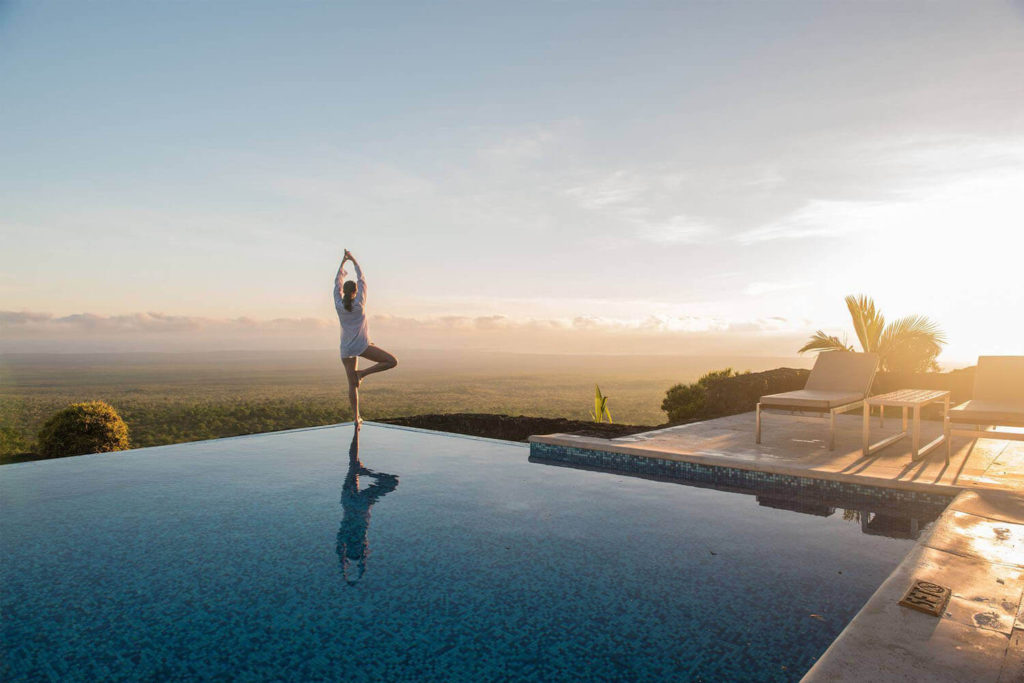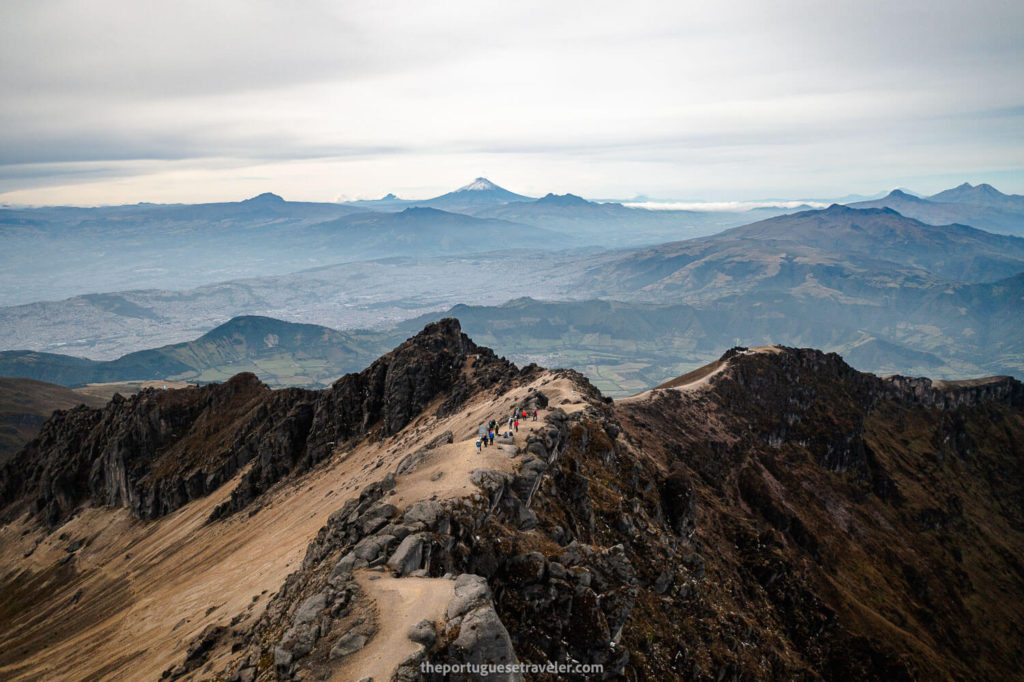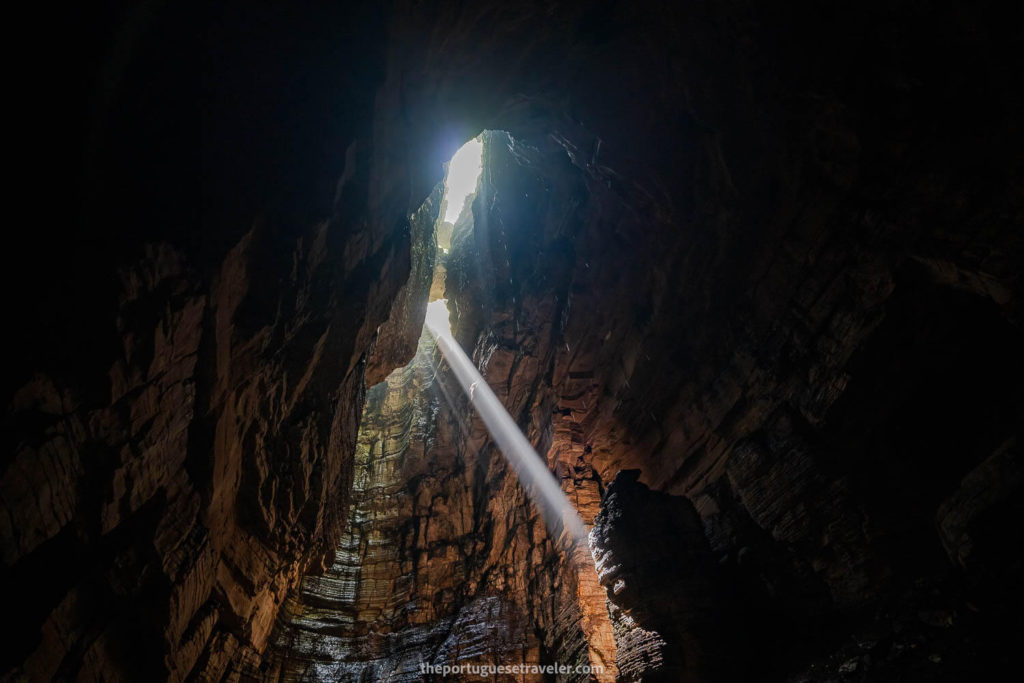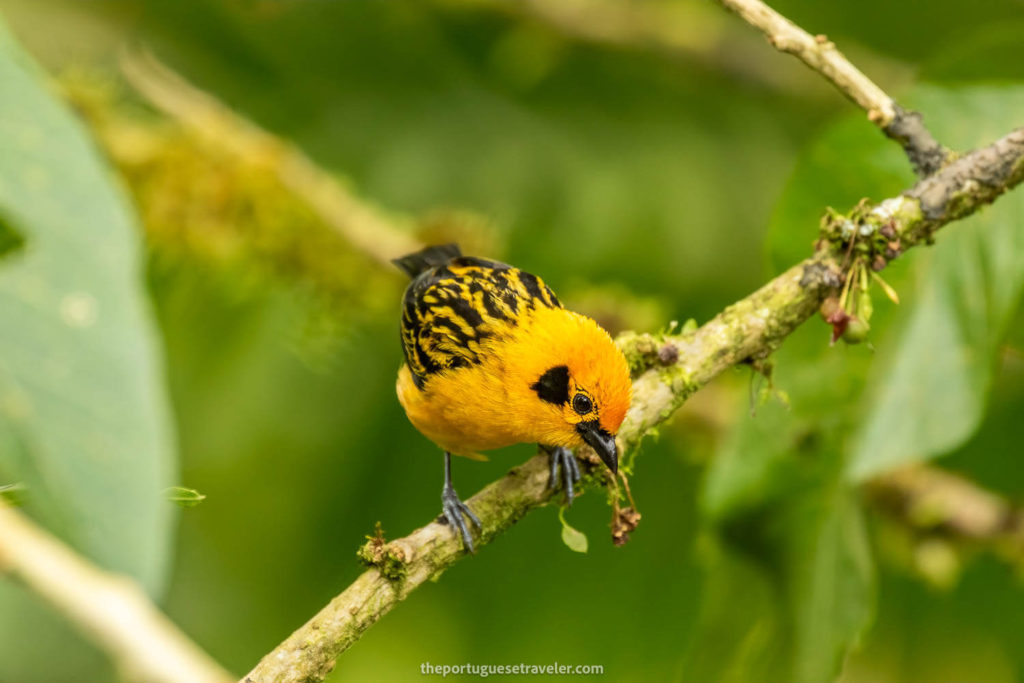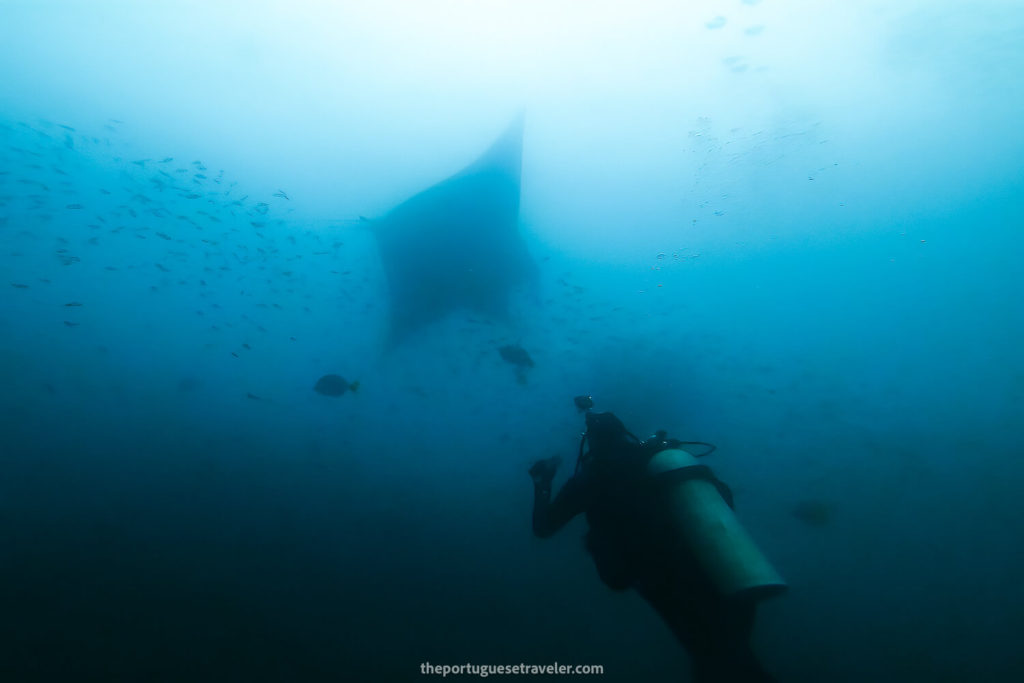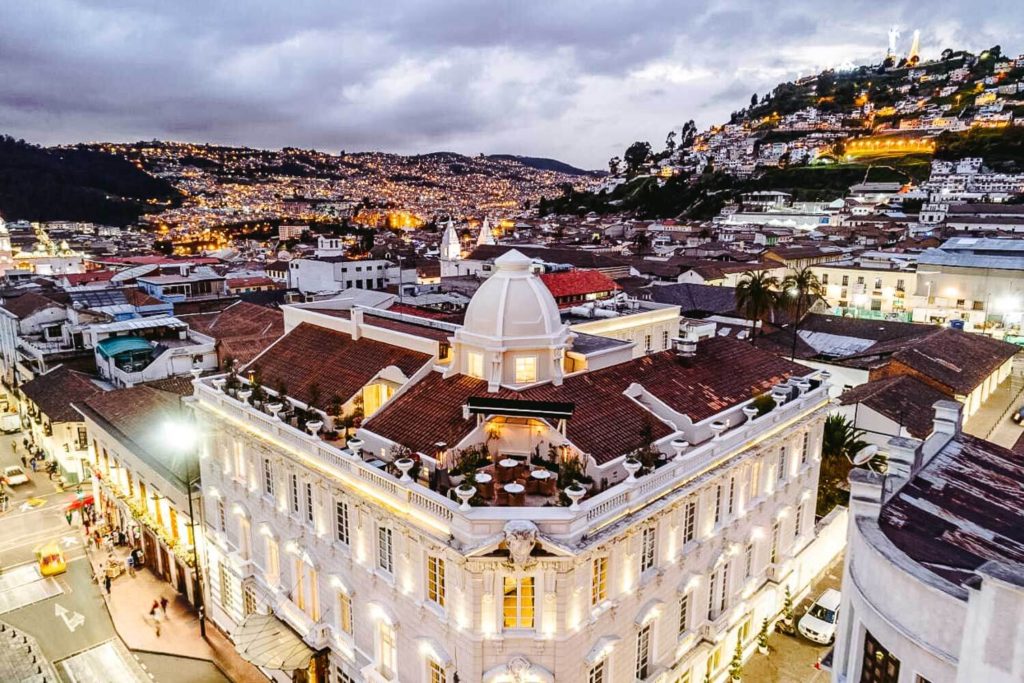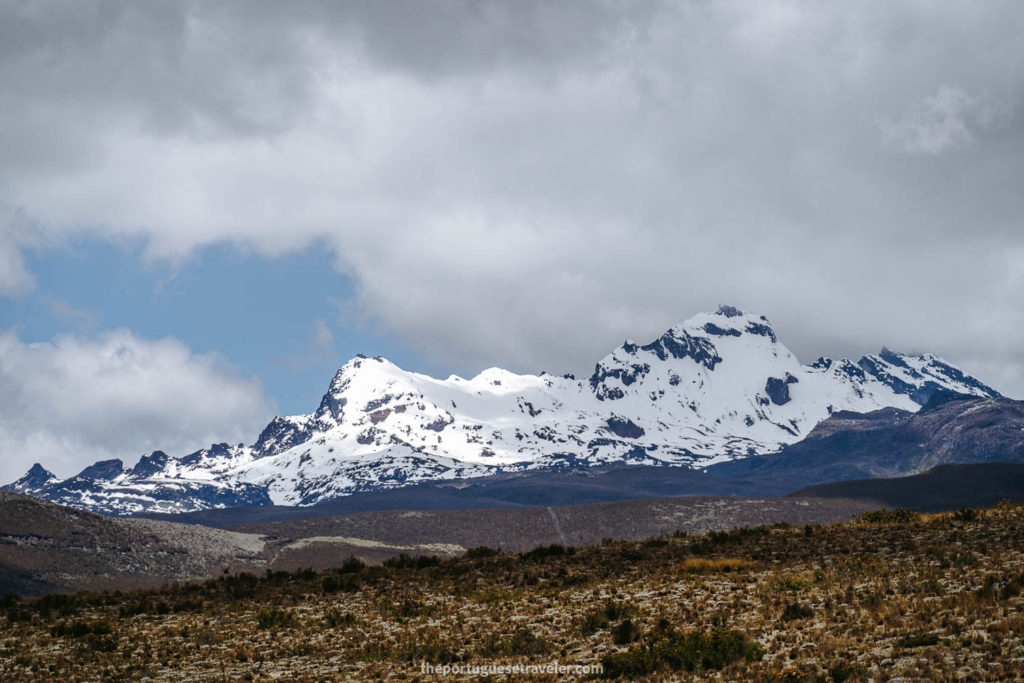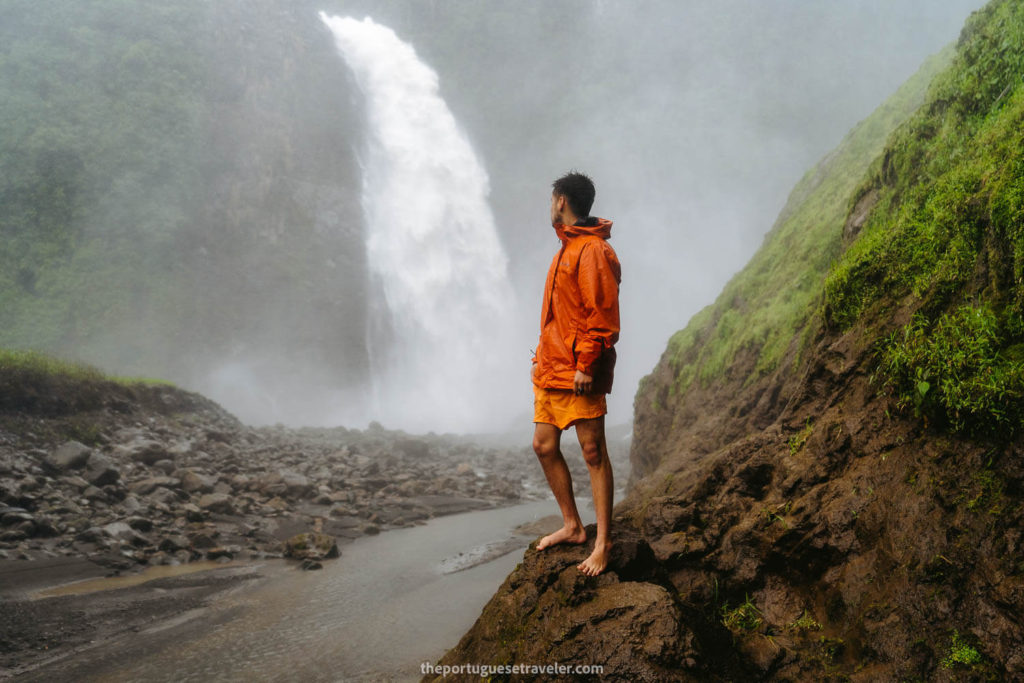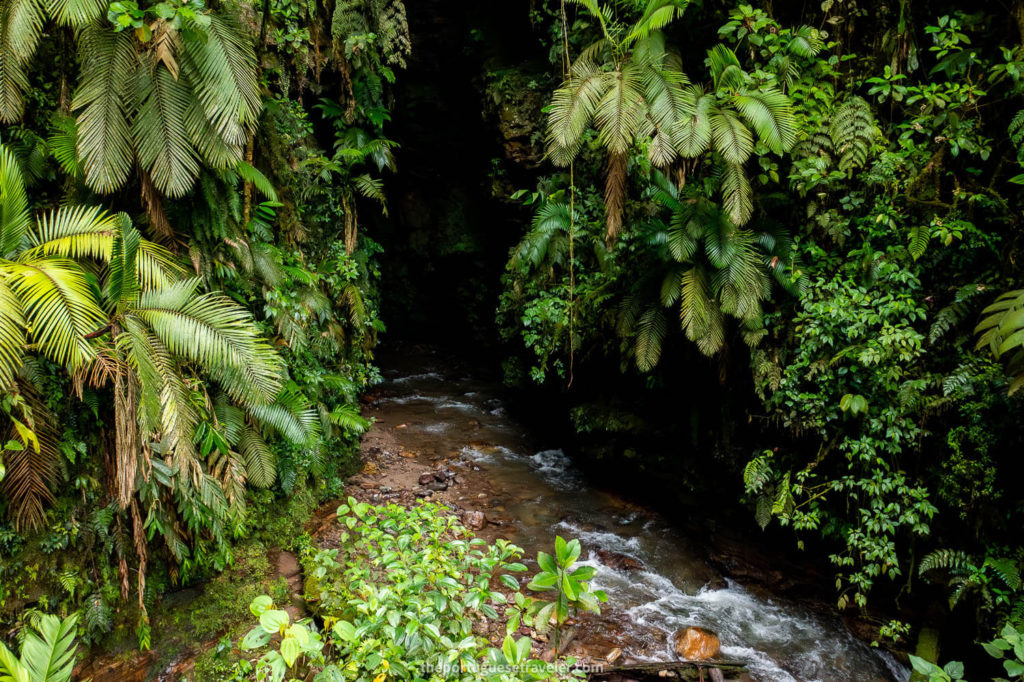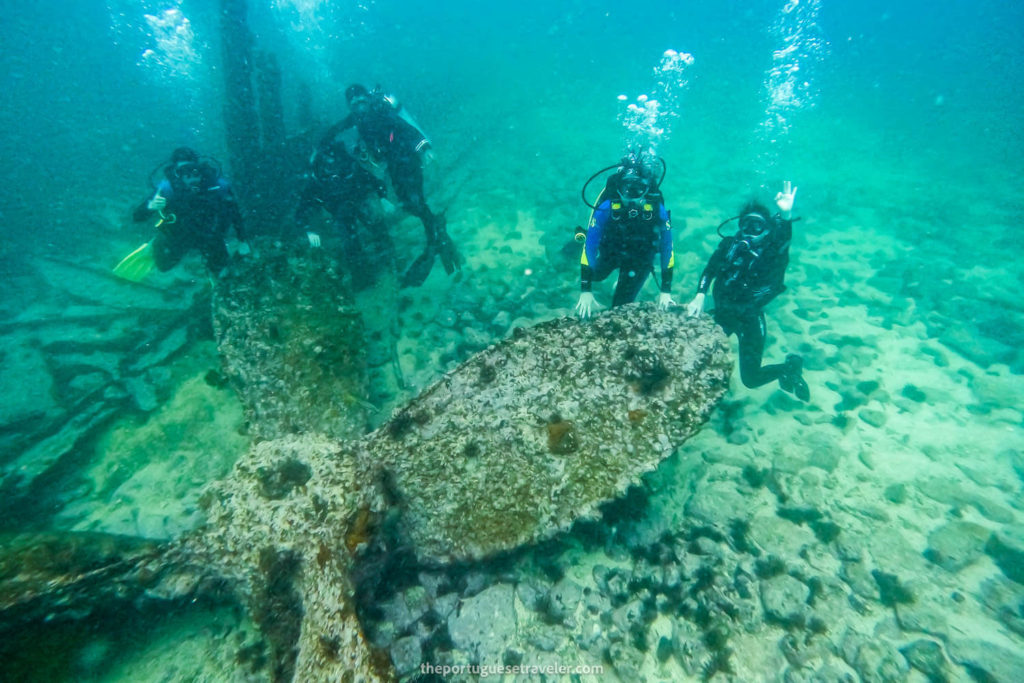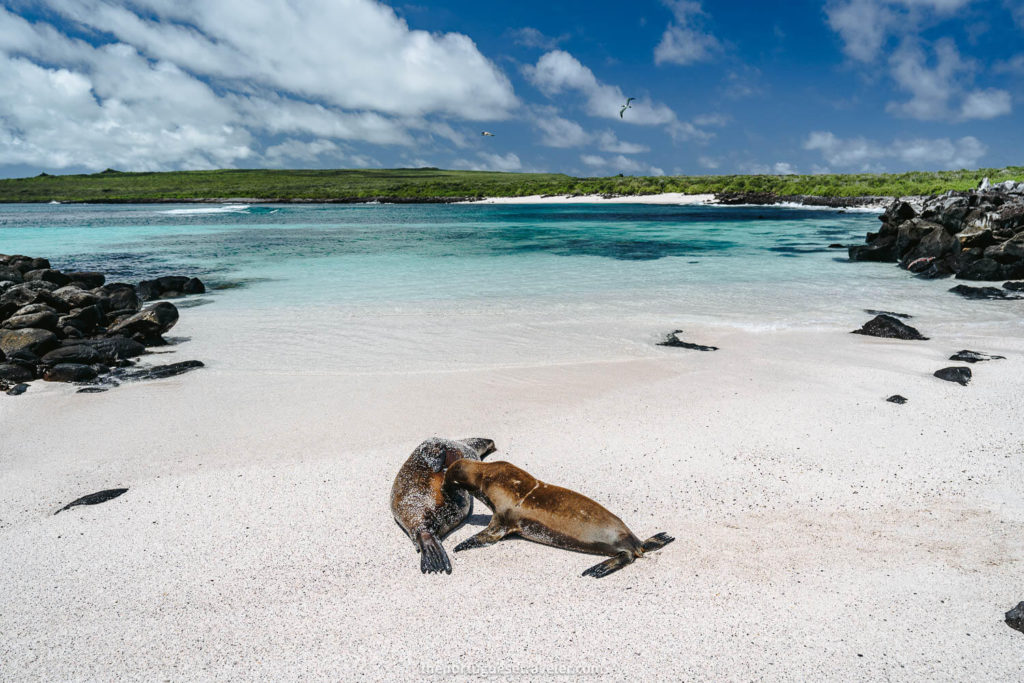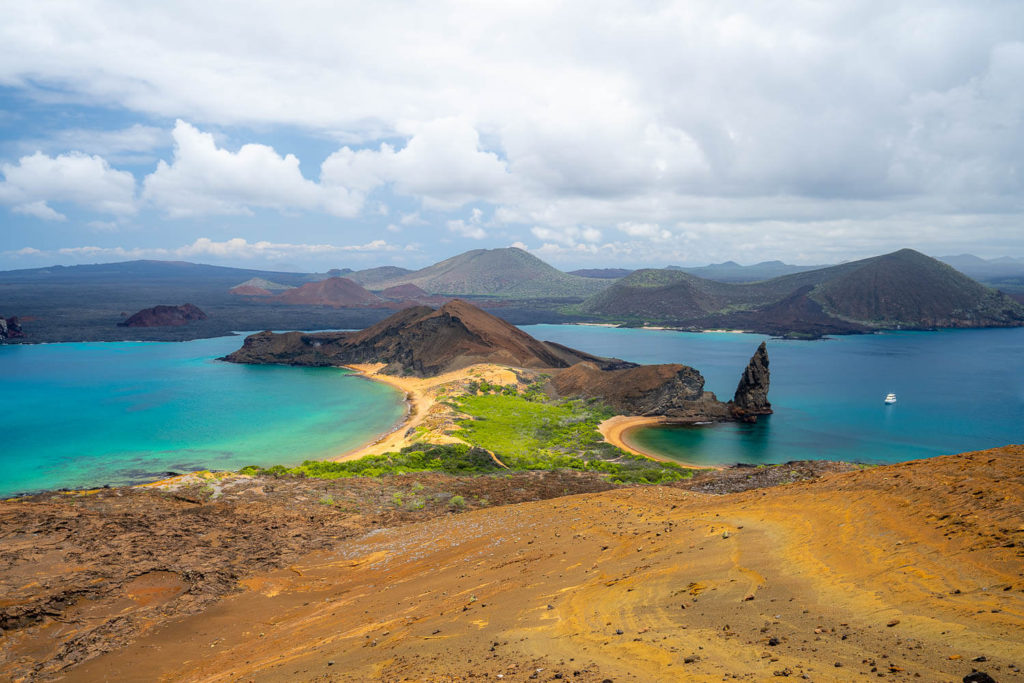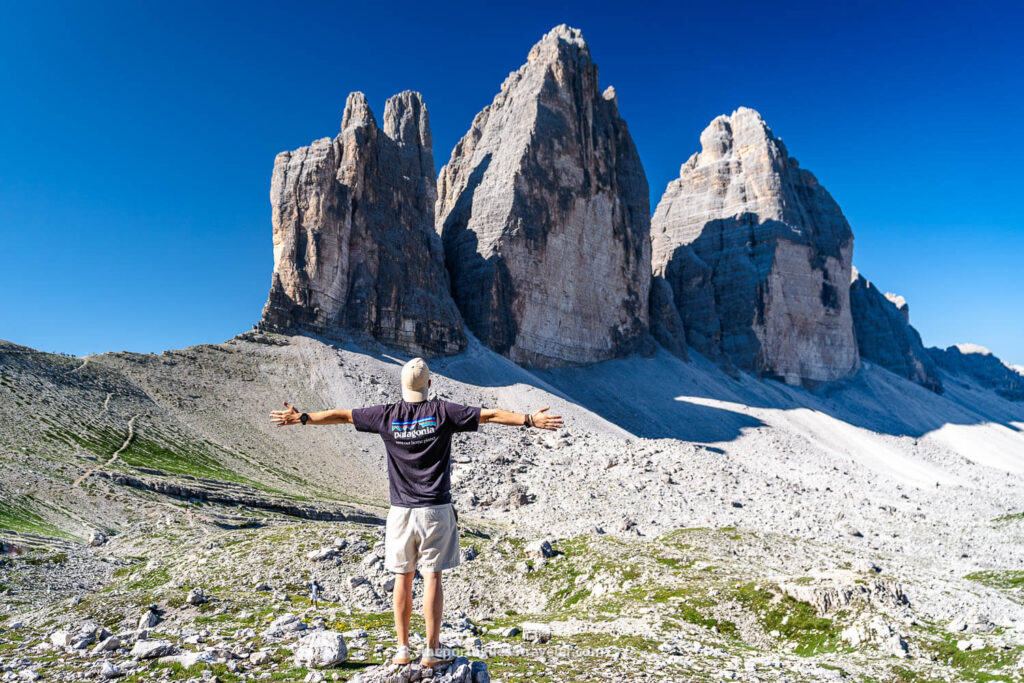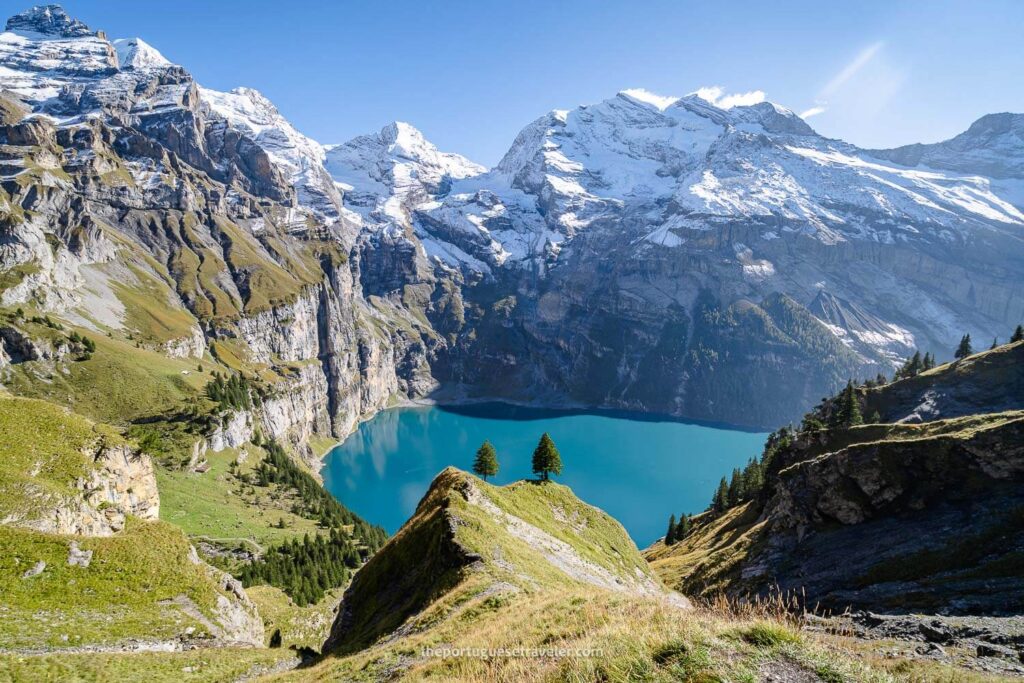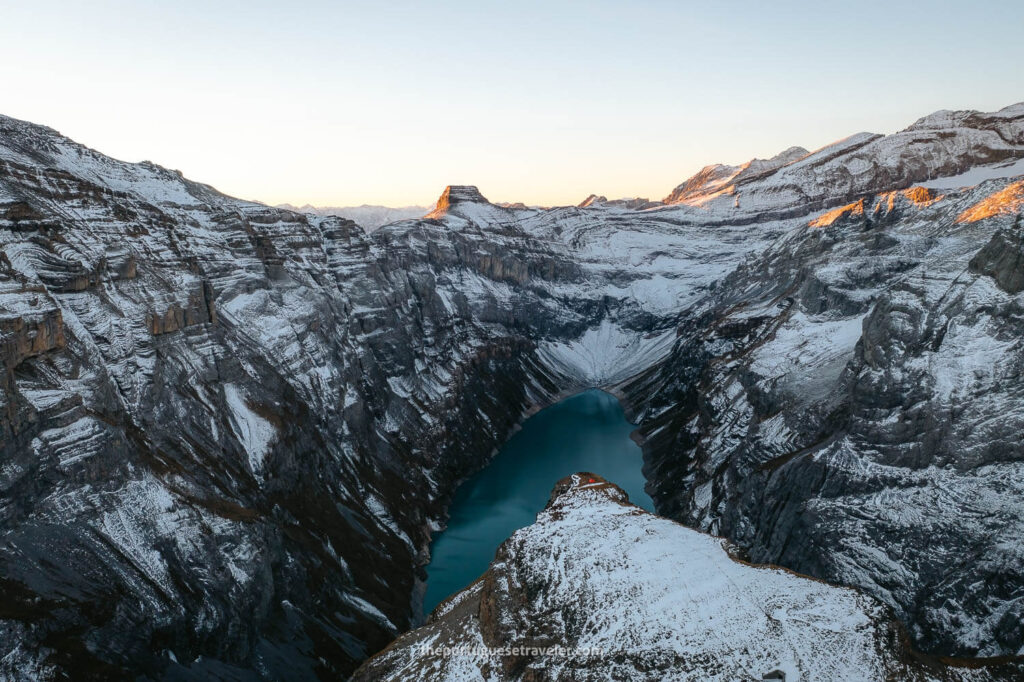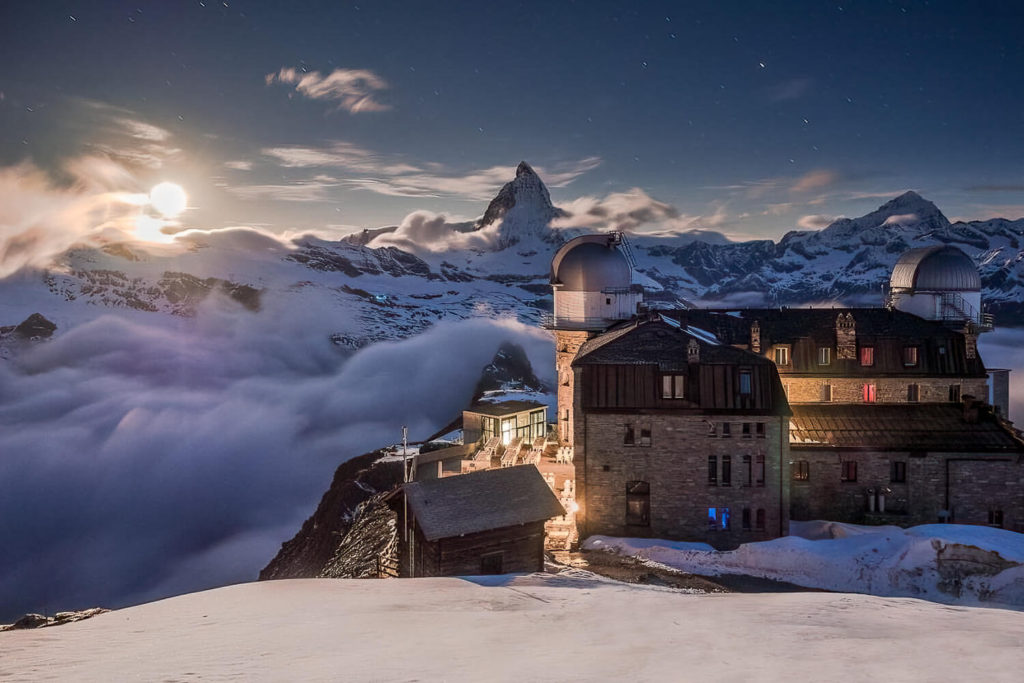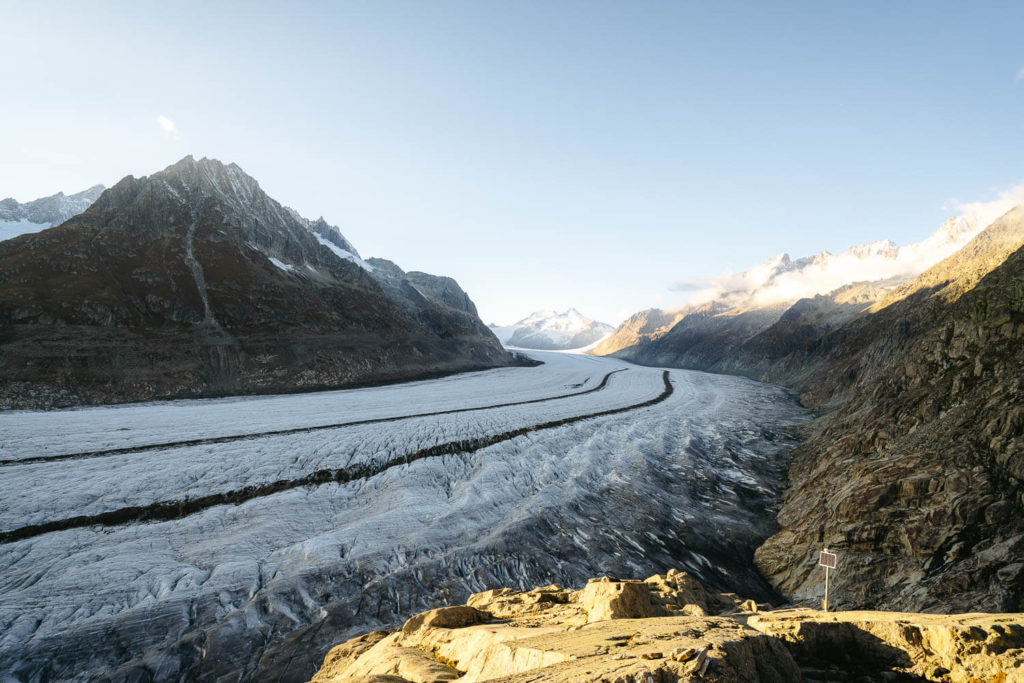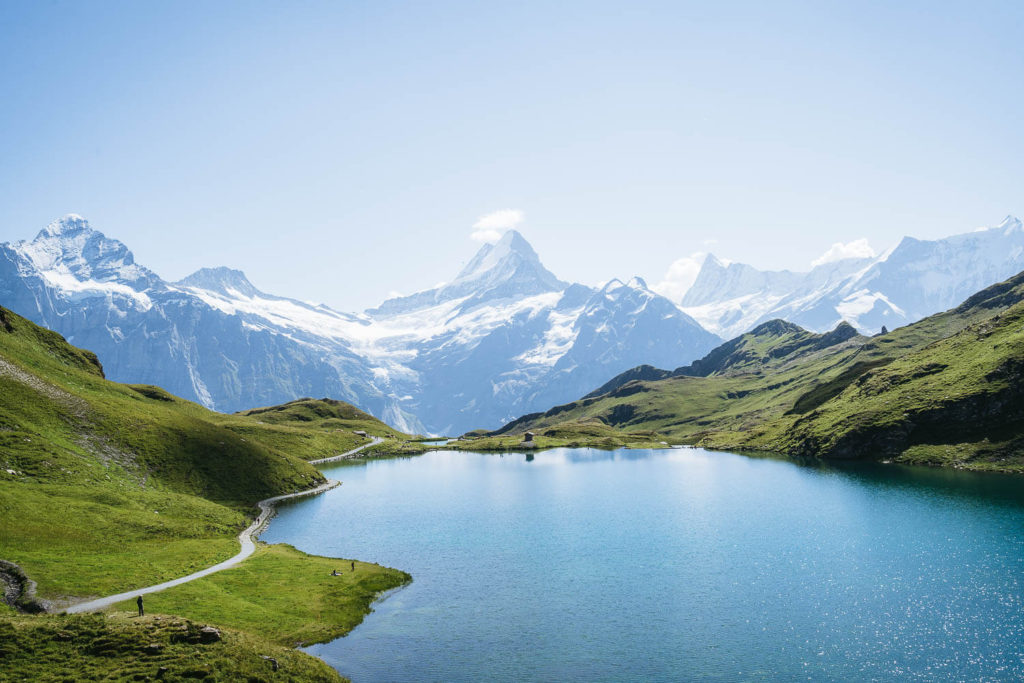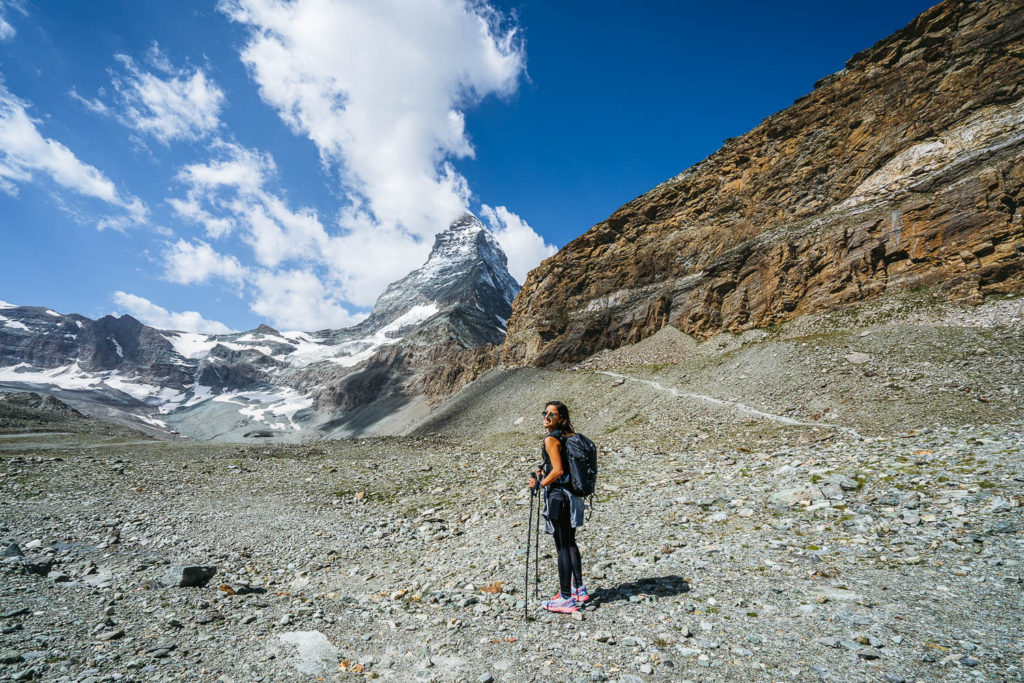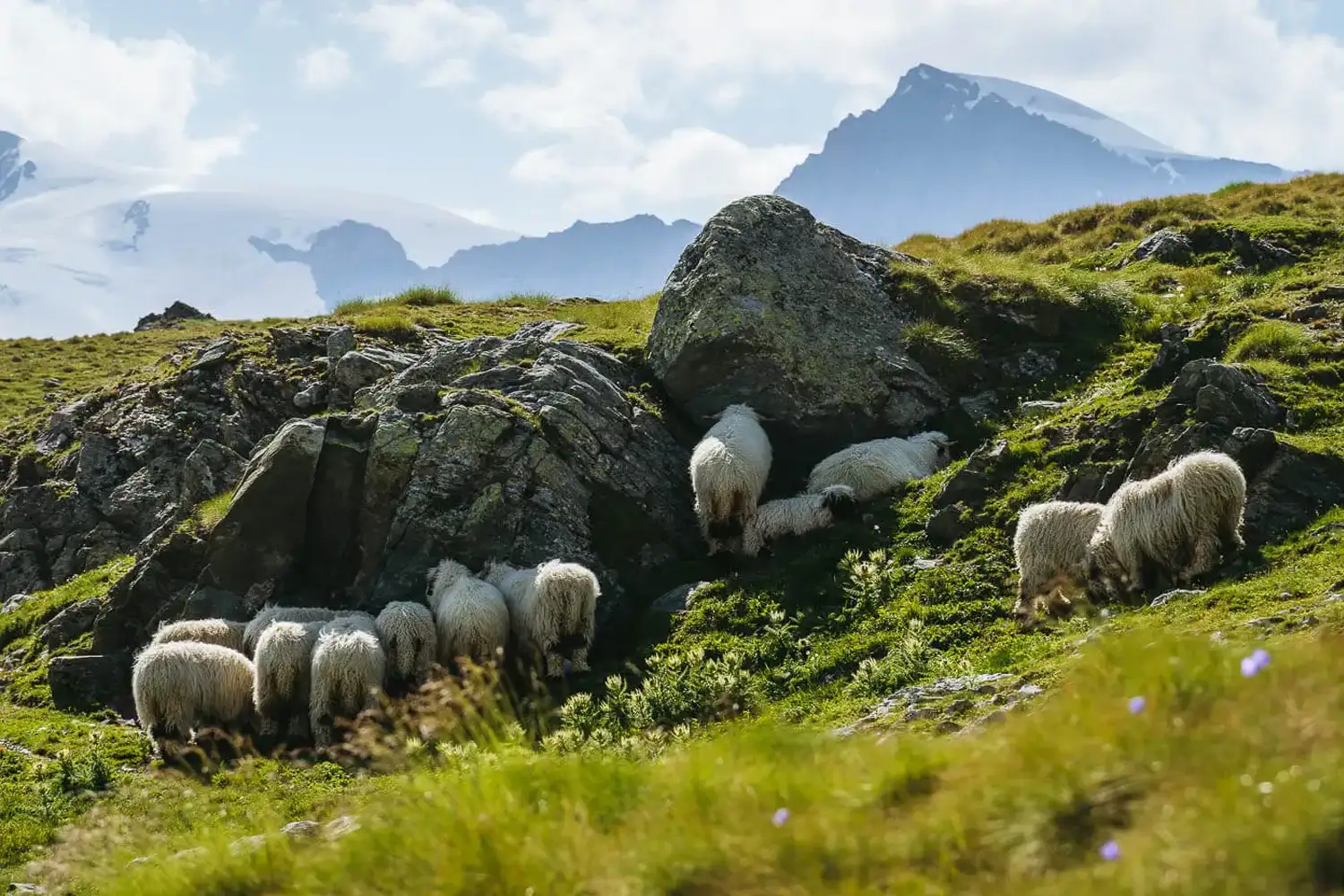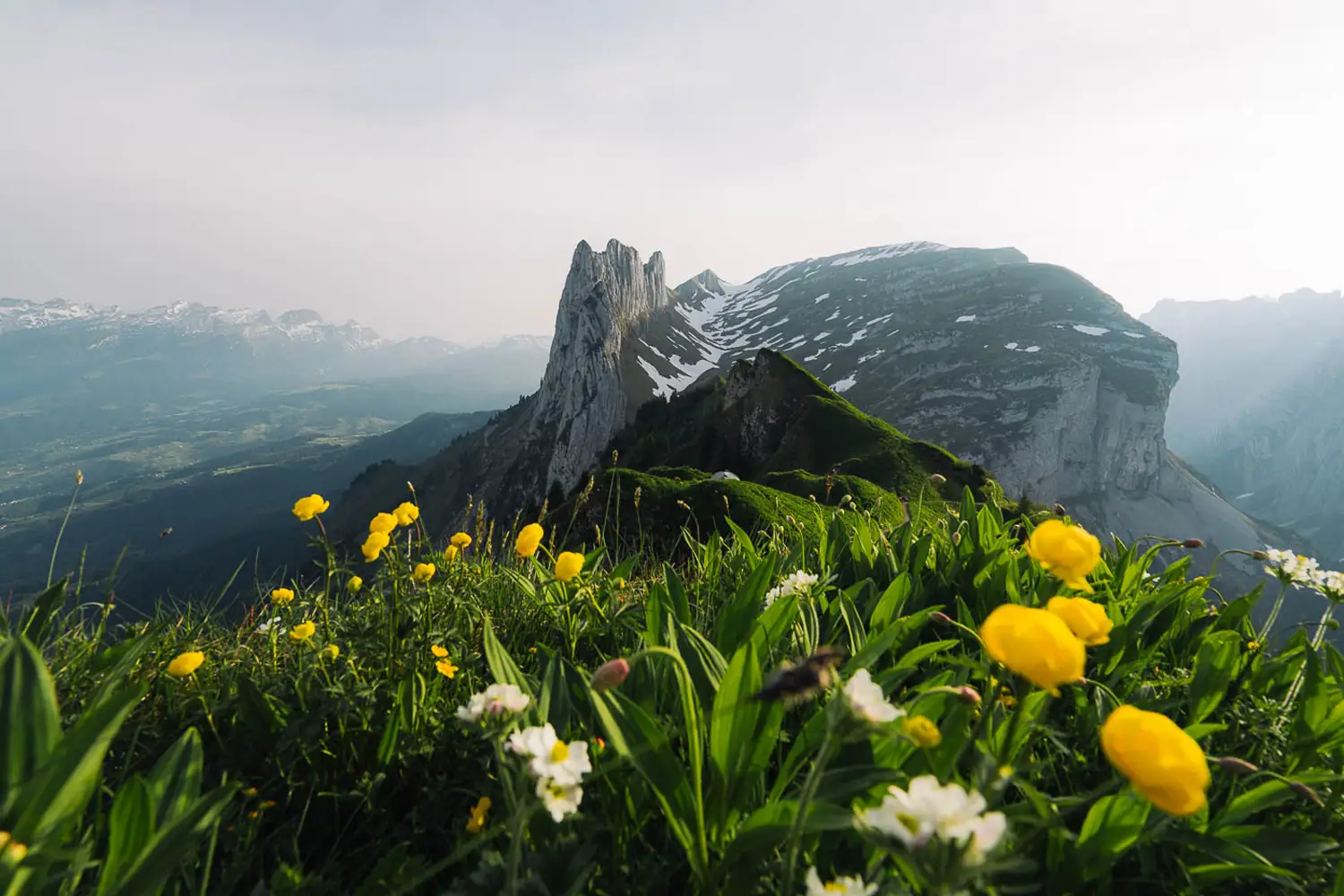Who was the famous Marco Polo and how was his route?
Marco Polo (1254-1324) was an Italian merchant and explorer born in the wealthy Republic of Venice in the High Middle Ages. At this time, Venice held great importance in Europe, under the alliance of the Holy Roman Empire.
Almost from the very beginning, Venice played a great role in the Crusades and succeeded in taking control over the eastern Mediterranean Sea with its vast and powerful fleets.
Years before Polo’s birth, Venice and French Crusaders, besieged and sacked Constantinople, capital of the Byzantine Empire which led to the partition of the Byzantine Empire, thus conceding important strategic territories in the Aegean Sea to the Republic.
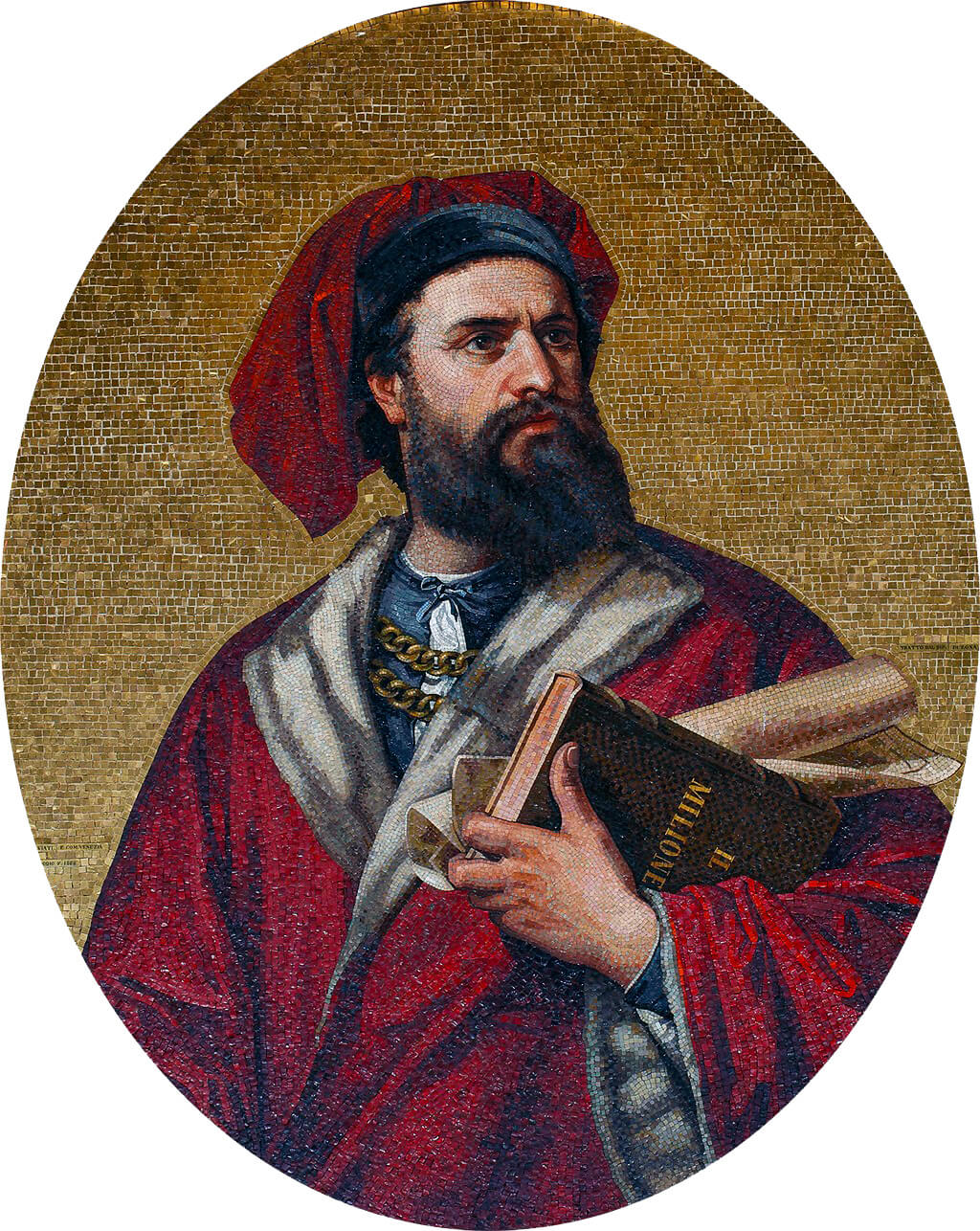
In 1221 Venice signed a trade treaty with the great Mongol Empire, the major Asian power of that time, opening the Silk Road and allowing goods exchange between the two Continents, enriching, even more, the already wealthy city of Venice.
Amidst this environment, in 1269 Marco’s father, Niccolò, himself also a merchant, living in Constantinople, returned to Venice with his brother Maffeo and came to know that Marco’s mother had recently passed away, leaving 15-year-old Marco (whom Niccolò had never met) with his aunt and uncle.
In 1271 they decided to take him on their journey through Asia for them to meet the emperor of the Mongol Empire, the great Kublai Khan. The three of them set off on the series of adventures that Marco later documented in his book, upon his return to Venice, 24 years later.
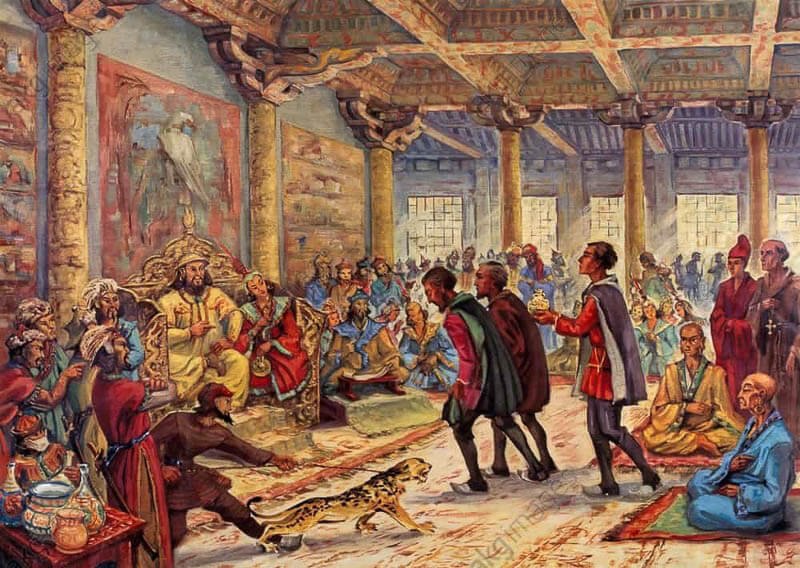
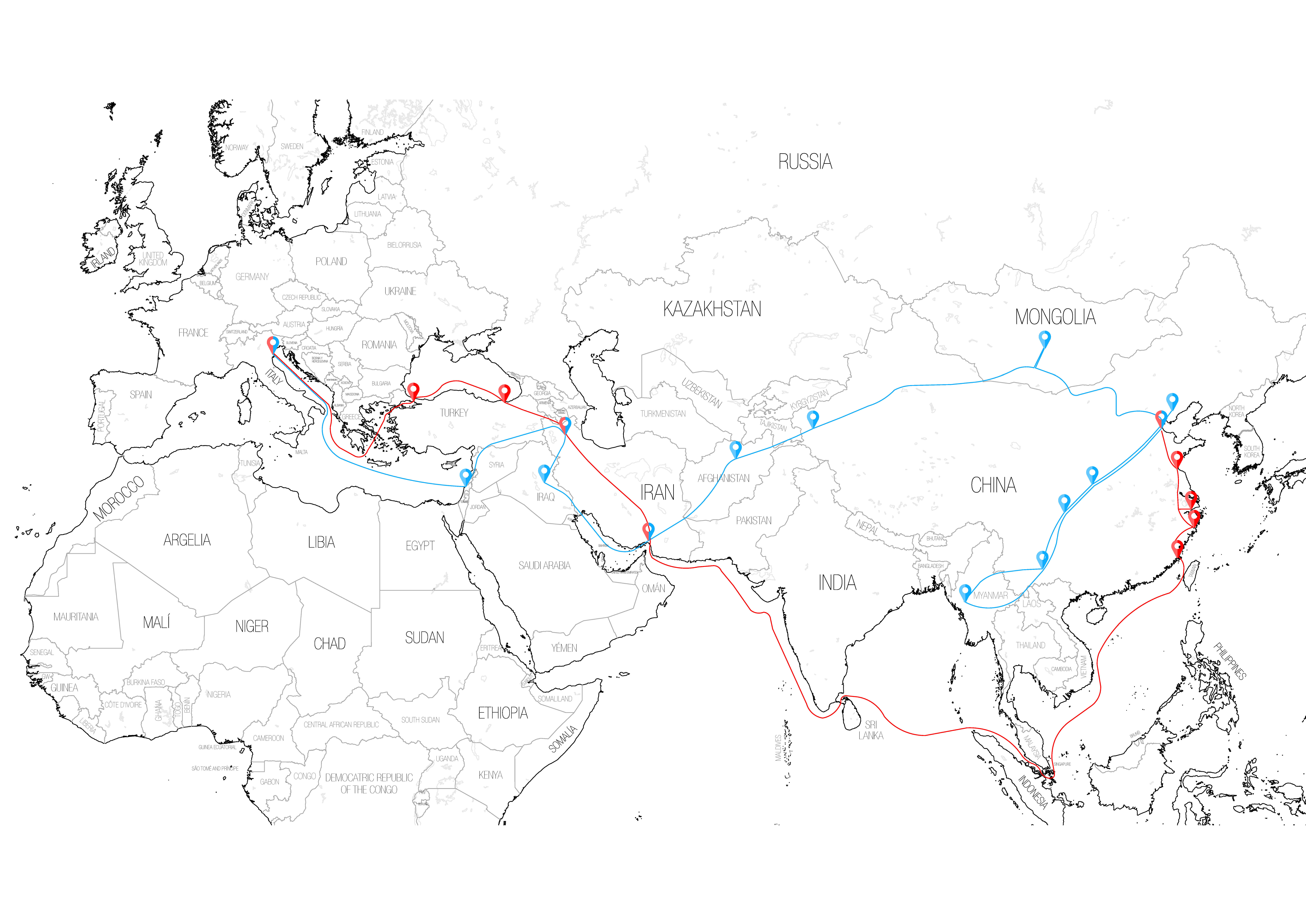
Nowadays it might be difficult to strictly follow the route in this post. I, therefore, suggest to you that you plan your trip well and always take in consideration your safety in first place.
The information gathered in this post is a compilation of multiple online sources based on the reports of Marco Polo in his book “Book of the Marvels of the World”.
The trip, resuming in major cities, and divided into three parts is the following:
Marco Polo's family route to Khanbaliq, capital of the Mongol Empire in the Yuan dynasty:
- Venice, Italy
- Acre, Israel (by sea)
- Jerusalem, Israel/Palestine (by land)
- Acre, Israel
- Tabriz, Iran
- Arbil, Iraq
- Baghdad, Iraq
- Hormuz, Iran (by sea)
- Balkh, Afghanistan (by land)
- Kashgar, China
- Dunhuang, China
- Lanzhou, China
- Karakorum, Mongolia
- Lanzhou, China
- Shangdu, China
- Khanbaliq (Beijing), China

One of the trips Marco Polo did together with the Mongols in Asia throughout his 17 years of servitude to the Khan:
- Khanbaliq (Beijing), China
- Xi’an, China
- Chengdu, China
- Kunming, China
- Bagan, Myanmar
- Chengdu, China
- Xi’an, China
- Khanbaliq (Beijing), China
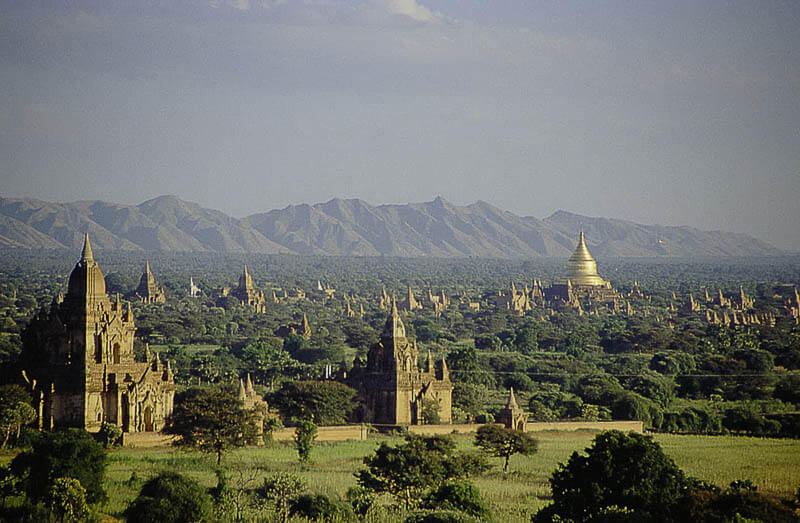
Marco Polo's return trip to Venice in 1295:
- Khanbaliq (Beijing), China
- Zhangzhou, China
- Suzhou, China
- Hangzhou, China
- Fuzhou, China
- Singapore (by sea)
- Malacca Strait
- Bay of Bengal
- Calicut, India
- Indian Ocean
- The Arabian Sea
- Hormuz, Iran (by land)
- Arbil, Iraq
- Trabzon, Turkey
- Constantinople/Istanbul, Turkey
- Venice, Italy (by sea)
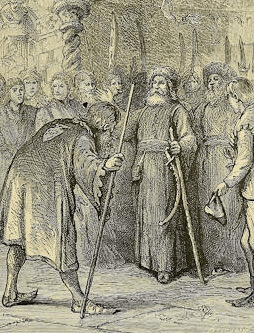
While he was under the command of Kublai Khan, Marco made multiple trips throughout the empire, visiting South East Asia, Mongolia, and Persia.
His descriptive texts were one of the first Asian reports that ever existed in Europe, enabling a better understanding of that territory, of their cultures, traditions, and leaders.
Marco’s travel book inspired persons like Vasco da Gama, and Christopher Columbus on their exploratory journeys to India and the Americas, and still inspires thousands who have that little travel bug inside of them and wish to see the world with their own eyes.
The selected travel celebrity for the upcoming post was born in the 17th century and has a fearsome reputation. Who can it be?
Hope you enjoyed the reading and until the next post,
The Portuguese Traveler
